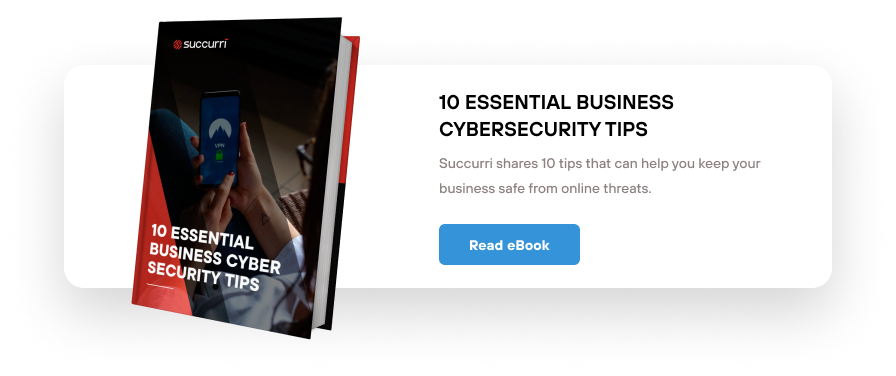In our connected world, cybersecurity’s significance is undeniable. Daily, we encounter stories of breaches and digital threats—a continuous struggle between protectors and exploiters online. Recognizing the varied landscape of cybersecurity threats is essential.
Hackers have diverse motives. Some seek thrill, others monetary gain, and a few aim to bolster security by finding vulnerabilities. Understanding these hacker types goes beyond tech jargon; it’s about recognizing potential risks to our digital safety.
This friendly guide simplifies the complex world of cybersecurity, highlighting the importance of identifying hacker personas to strengthen our defenses. Let’s dive into this journey, arming ourselves with the knowledge to protect our online realm.
Understanding the Spectrum of Hackers
In the cybersecurity world, elite hackers are often categorized by “hat” colors, a metaphor from old Westerns indicating moral alignment. This terminology sheds light on the hackers’ intentions and methods.
White-hat hackers are ethical guardians who find and fix vulnerabilities to prevent exploitation. Black-hat hacking are antagonists, breaching systems for personal gain or to inflict damage.
Gray Hat hacking navigates the middle ground, gain access into systems without permission but intending to enhance security. They often alert the organization of vulnerabilities.
This classification is vital in cybersecurity. It guides security professionals in understanding and defending against diverse cyber threats, fostering a more targeted defense strategy.
The Types of Hackers
Recognizing the different types of hackers is key to understanding online threats and defenses in the vast cybersecurity landscape.
Let’s explore the world of hackers, from ethical protectors to nefarious agents, examining their motivations, operations, and impact on the digital world.
#1 White Hat Hackers
White Hat Hackers are the digital world’s knights in shining armor. They use their skills for good, identifying vulnerabilities in systems and software before malevolent actors can exploit them. Their main objective is to improve security, and they often work with or within organizations to fortify defenses.
For example, companies may hire White Hats to conduct penetration testing, which significantly enhances an organization’s cybersecurity measures.
#2 Black Hat Hackers
A Black Hat Hacker is a notorious villain of cyberspace, hacking with malicious intent. Their goals range from stealing sensitive information to demanding ransom payments or causing digital chaos.
Tactics include phishing, exploiting software vulnerabilities, and DDoS attacks. High-profile incidents like the WannaCry ransomware attack underline their potential for widespread disruption.
#3 Gray Hat Hackers
Gray Hat Hackers navigate the murky waters between ethical and malicious hacking. They might hack into a system without permission (to gain unauthorized access), yet their goal is to report vulnerabilities to the organization, hoping to improve security.
This blend of White and Black Hat methodologies places them in a complex ethical position, as their actions are illegal despite potentially beneficial outcomes.
#4 Red Hat Hackers
Red Hat Hackers are akin to digital vigilantes, aggressively targeting Black Hats to protect others. They use similar techniques as Black Hats but for defensive purposes, aiming to take down or disrupt the operations of malicious ethical hackers.
This aggressive stance against cyber threats separates them from the more defensively oriented White Hats.
#5 Blue Hat Hackers
Blue Hat Hackers specialize in software testing, particularly identifying security vulnerabilities before the software goes live.
They are often external experts companies hire to ensure products are secure from threats during development. Their relationship with software companies is crucial, as they provide an essential defense against potential exploits.
#6 Green Hat Hackers
Green Hat Hackers are enthusiastic novices of the hacker world, eager to learn and grow in the hacking community. They are passionate about understanding the intricacies of cybersecurity and hacking techniques.
Their journey is marked by a steep learning curve, but their enthusiasm is a driving force for their eventual expertise.
#7 Yellow Hat Hackers
Yellow Hat Hackers are less common, focusing on creating and improving security software and protocols. Their objectives align with building stronger defenses rather than exploiting weaknesses, contributing valuable tools and insights to cybersecurity.
#8 Script Kiddies
Script Kiddies are amateurs of hacking, often lacking deep technical knowledge and relying on pre-written scripts to conduct attacks.
Despite their lack of sophistication, they can still cause significant disruptions, highlighting the need for robust cybersecurity measures even against seemingly low-level threats.
#9 Hacktivists
Hacktivists use their hacking skills for political or social activism, targeting organizations or governments to draw attention to their causes.
Their actions range from website defacements to leaking confidential information, with notable examples including attacks by groups like Anonymous. Public opinion on Hacktivists is divided, with some viewing them as digital Robin Hoods, while others see them as criminals.
#10 State-Sponsored Hackers
State-sponsored hackers are backed by national governments and engage in cyber espionage, sabotage, or warfare. Their objectives align with national interests, such as stealing classified information or disrupting foreign governments’ operations.
Discussions on cyber warfare and espionage often highlight these hackers’ significant impact on international relations and national security.
#11 Gaming Hackers
Gaming Hackers exploit vulnerabilities in video games and online gaming platforms to gain personal advantage, whether by cheating or selling virtual goods for real money.
Their actions often harm the overall gaming experience for others and pose security threats to game developers.
Understanding Hackers’ Impact on Cybersecurity
Hackers significantly influence cybersecurity, ranging from beneficial to harmful actions. White—and Green—Hat hackers enhance security by identifying vulnerabilities and contributing to open-source projects, making the digital realm safer.
Their efforts highlight the value of ethical hacking in strengthening cybersecurity defenses.
Conversely, Red, Blue and Black Hat hackers pose serious threats. Their diverse motivations, from profit to ideological conflicts, add complexity to cybersecurity measures.
This demands a nuanced defense strategy to protect against the evolving nature of cyber threats, emphasizing the challenge of maintaining secure digital environments.
Protecting Yourself and Your Organization
Ensuring the safety of our online interactions and data is crucial in the digital landscape. Here’s how to bolster our defenses against various cybersecurity threats.
Basic Security Measures
Cybersecurity starts with fundamental practices: updating software regularly, using strong passwords, and enabling multi-factor authentication.
Equally important is the continuous education and awareness about the latest cyber threats and preventive measures. This knowledge empowers us to stay ahead of potential attacks.
Advanced Security Strategies
Investing in sophisticated security infrastructure is essential to enhance cybersecurity. This includes advanced firewalls, intrusion detection systems, and encrypted data solutions. Employing White Hat hackers can also offer a proactive defense, identifying vulnerabilities before they’re exploited.
How Succurri Can Assist
Succurri offers expert cybersecurity solutions to safeguard your digital assets. Our team, including White Hat hackers, identifies weaknesses in your network to bolster your defenses.
Succurri ensures comprehensive protection against cyber threats, from foundational security to advanced strategies. Partner with Succurri for seamless security in an interconnected world, combining ongoing education with the latest security technology.
Conclusion
Navigating the digital world demands a solid understanding of hacker diversity, which is crucial for effective cybersecurity.
Recognizing various hacker types helps in preempting and neutralizing threats. We advocate staying abreast of cyber threats, highlighting the importance of vigilance and proactive security measures.
Embracing essential and advanced security strategies and resources like Succurri is key to protecting our digital spaces. Committing to continuous learning and strategic defense will ensure our online safety and resilience against future challenges.
Want to learn more about what a Managed Security Services Provider is? Listen to Succurri partner, Grant Eckstrom, and Fractional CMO, Tony Lael, discuss the topic in more depth in this video.






